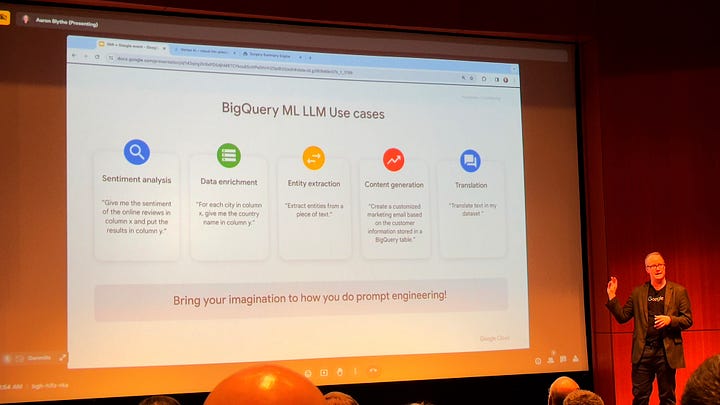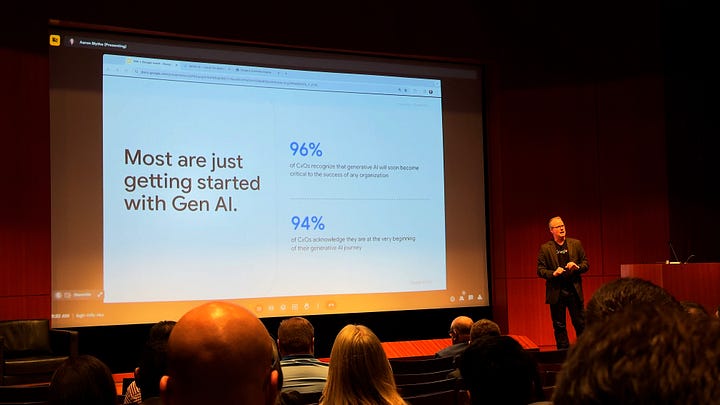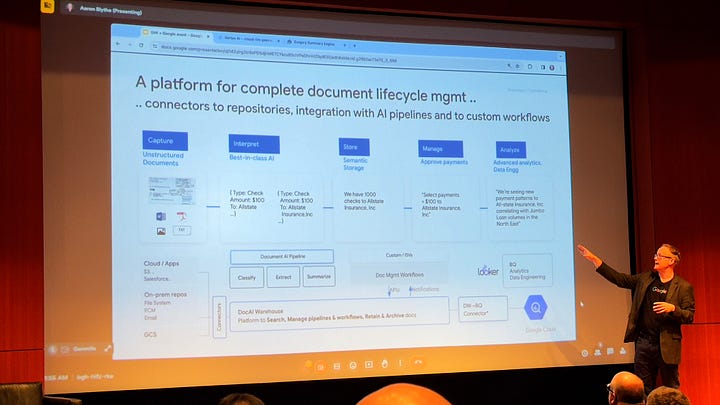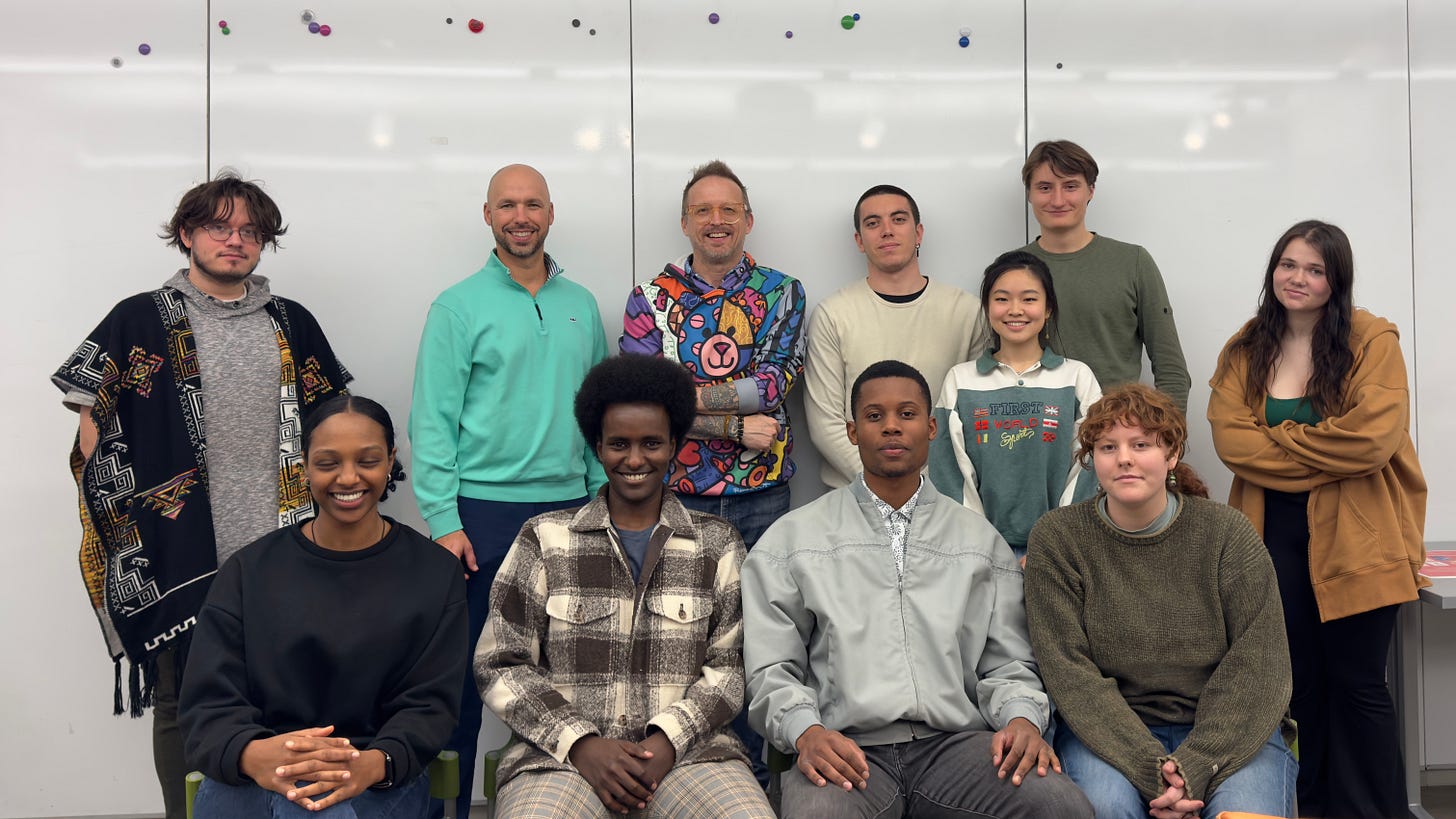077: “There are so many things that we do not yet know”
How do we create frameworks, never mind policy or ideas for AI amidst such swift currents?
Today’s title quote belongs to Steven Sinofsky, who was writing in reaction to last week’s Biden Administration Executive Order on AI. Sinofsky continues, “This is so much less a document of what should be done with the potential of technology than it is a document pushing the limits of what can be done legally to slow innovation.”
I don’t envy anyone seeking to broadly comprehend, much less create policy around AI. It’s so early, and the pace of development is ridiculously quick.
Two days ago OpenAI launched its GPTs. Essentially, “a tailored version of ChatGPT—no coding required” which simplify complex prompting to address specific tasks. Here’s an innovation GPT from Ethan Mollick. This is where prompting is headed: Specific agents pre-tuned for you or your org, just add context.
Adobe launched its Firefly Model 2 in the last month. Better quality image generation connected with Adobe’s transparent licensing creates greater incentives for creatives and corporate users.
At yesterday’s Google AI event at General Mills, a slide noted: “96% of CxOs recognize that generative AI will soon become critical to the success of any organization.” Just looking through a few of these images can suggest the volume and dramatic pace of opportunity within generative AI—and not just for big corporations (as OpenAI’s innovation suggests).







And I’m speaking about myself here, because I recently agreed to Chair the Innovation Work Group (e.g. AI Task Force) inside MCAD charged with…well, that’s the question, isn’t it? The tools are in use, revealing new benefits and risks every day. There are so many things that we do not yet know. But there’s clearly a bias towards action as it relates to AI.
Seems wise to engage and learn more.
I’ve taught dozens of CEOs, CFOs, CMOs—and their teams—how to think and operate in the age of AI. I can ground you and set an agenda in less than an hour. Or we can create significant progress with a workshop.
The most effective story an entrepreneur can tell is the one about their audience.
On Monday we welcomed Brian Cox from Traction Capital and Simply Ride to our MCAD creative entrepreneurship class to discuss his entrepreneurial journey. I don’t know many entrepreneurs who’ve sold not one, but two lawn mowing operations, then opened a motorcycle retail shop, and also help run a venture investment fund. Brian is busy!
At the root of it all, Brian returns to his audience. “Who am I selling to?” “What’s the story they’re trying to tell?” The entrepreneur succeeds by understanding and embracing the story their audiences are pursuing.
What’s exciting now is how generative AI tools can unlock and enable faster and more robust understanding, then empower entrepreneurs to tell more effective stories.
AI+Creativity Update
🎨 Inside Higher Ed offers a compelling survey of attitudes and approaches to AI policy within art colleges across the U.S.
👨🏾💻 How does a diffusion engine like Midjourney or Dall-e3 work? Eryk Salvaggio offers a robust explanation. His YouTube courses go deep on the many facets of generative AI.
📰 The Guardian offers a handy visual primer on the basics of text LLMs. This explanation helps frame how generative tools are pattern recognition and generation machines, not “thinking” or “reasoning” entities.
🔮 The Washington Post provides a similar primer for generative visuals, which explains how those models function. What’s great about their approach: You begin by editing a simple prompt, then see how it is parsed and generated.


